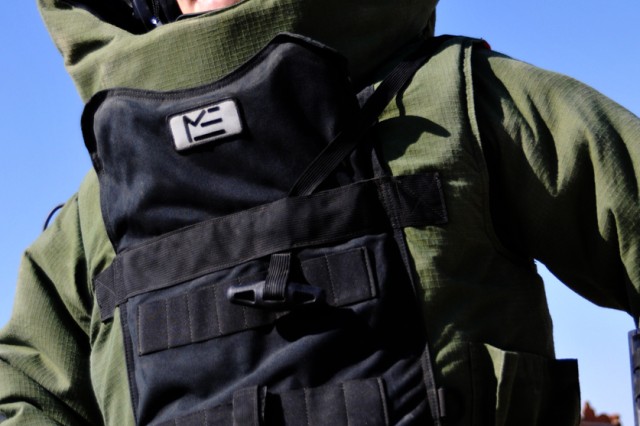
The bomb tech of Hurt Locker made for a great flick, but would we see their ilk in Afghanistan? Not likely, according to JIEDDO, as the soaring numbers of IED attacks in Afghanistan are much more low-tech than the ones in Iraq.
Taliban fighters more than doubled the number of homemade bombs they used against U.S. and NATO forces in Afghanistan last year, relying on explosives that are often far more primitive than the ones used in Iraq.
The embrace of a low-tech approach by Taliban-trained bombmakers -- they are building improvised explosive devices, or IEDs, out of fertilizer and diesel fuel -- has stymied a $17 billion U.S. counteroffensive against the devices in Iraq and Afghanistan, military officials say. Electronic scanners or jammers, which were commonly deployed in Iraq, can detect only bombs with metal parts or circuitry.
"Technology is not going to solve this problem," said Army Lt. Gen. Michael Oates, director of the military's Joint IED Defeat Organization, or JIEDDO. "I don't think you can defeat the IED as a weapon system. It is too easy to use."
U.S. military officials said they expected the number of IED attacks to climb further this year as 40,000 U.S. and NATO reinforcements pour into Afghanistan.
Oates said technological advances have enabled the military to save lives by providing better armor and other forms of protection for troops. But he said the high-tech approach -- despite billions of dollars in research -- has failed to produce an effective way to detect IEDs in the field. About four-fifths of the devices that are found before they explode are detected the old-fashioned way: by troops who notice telltale signs, such as a recently disturbed patch of dirt that might be covering up a bomb.
By: Brant




No comments:
Post a Comment